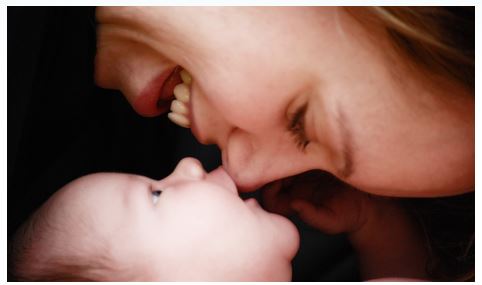Bilingual Babies Practice Lip-Reading Long Before Monolingual Counterparts

Babies raised in bilingual households spend significantly more time watching the mouth of the person speaking to them than their monolingual counterparts, according to a new study.
David Lewkowicz, a professor in the Department of Communication Sciences and Disorders at Northeastern University, and colleagues in Barcelona, Spain, observed bilingual and monolingual infants as they watched a video of a woman speaking in Spanish or Catalan. The infants were all learning one or both languages.
Lewkowicz says the idea for the study arose from previous research in which he and his colleagues had found that 4-month-old babies, despite their fascination with things that move, don’t look at a person’s mouth when they speak, but rather look only at the eyes. When babies start babbling at 8 to 10 months, they also start to shift their attention back and forth between the eyes and the mouth.
He and his colleagues wondered if bilingual babies do this any differently — and it turns out they do: bilingual babies focus their attention on the mouth at an earlier age and for a longer period of time than monolingual infants. “Babies learning two different languages take advantage even more of the information that is located in the lips,” Lewkowicz says.
This Story is Based on a Radio Interview. Listen to the Full Interview
PediaStaff is Hiring!
All JobsPediaStaff hires pediatric and school-based professionals nationwide for contract assignments of 2 to 12 months. We also help clinics, hospitals, schools, and home health agencies to find and hire these professionals directly. We work with Speech-Language Pathologists, Occupational and Physical Therapists, School Psychologists, and others in pediatric therapy and education.
